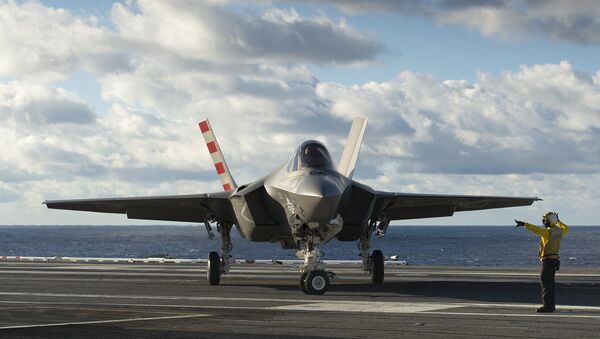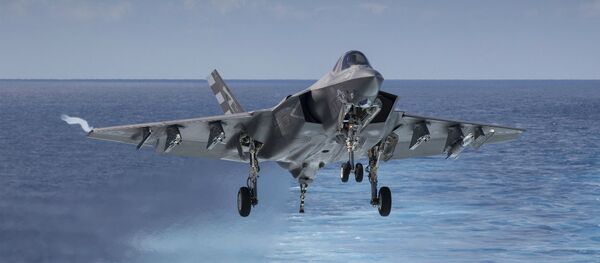The F-35s now require additional modifications to fly through lightning storms, ABC said. Australia has authorized the purchase of six-dozen F-35s for the Royal Australian Air Force (RAAF) in recent years. In 2009, Canberra approved the purchase of 14 F-35As before deciding to add another 58 of the fifth-generation aircraft in 2014. The first squadron will be delivered in 2018, according to the ABC.

Following the Avalon Airshow, Australian Senator Marise Payne told reporters, "The F-35A will provide the Air Force with the ability to execute air combat missions which were previously beyond our scope." But a wider range of combat missions could be thwarted by a simple thunderstorm, at least until the plane is equipped with new modifications.
Australian military analysts have expressed skepticism of the F-35’s threat capabilities and head-to-head combat prospects. The biggest threat that could neutralize F-35 capabilities, according to Australian analysts, is not the Russian T-50 PAK-FA, nor the Chinese J-20, but the F-22, or even the F-16. "The evaluation of the F-35, so far, has shown that in air-to-air combat, it has trouble defeating the F-16," Peter Goon, director of test and evaluation at the Air Power Australia, told the Australian Financial Review.
Goon has also been critical of the F-35’s status as a multi-role aircraft that can credibly handle whatever is thrown at it. The joint strike fighter is "designed to hunt opposing battlefield ground forces," he said. "It’s not designed to compete against high-performance air superiority aircraft specifically developed to kill other high-performance air superiority aircraft," Goon told the newspaper.
Euan Graham, Ph.D., director of the international security program at the Lowy Institute for International Policy, offered that it is natural for new technology systems to meet technical hurdles. "It isn’t strange that there are problems with such a technologically advanced aircraft, Graham said. “It would be strange if there wasn’t a problem," he said. Graham also noted that given the joint strike fighter’s lengthy estimated service life, it is too early to make judgments of the program’s success.


